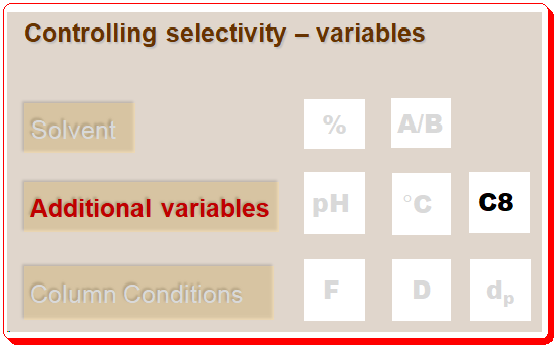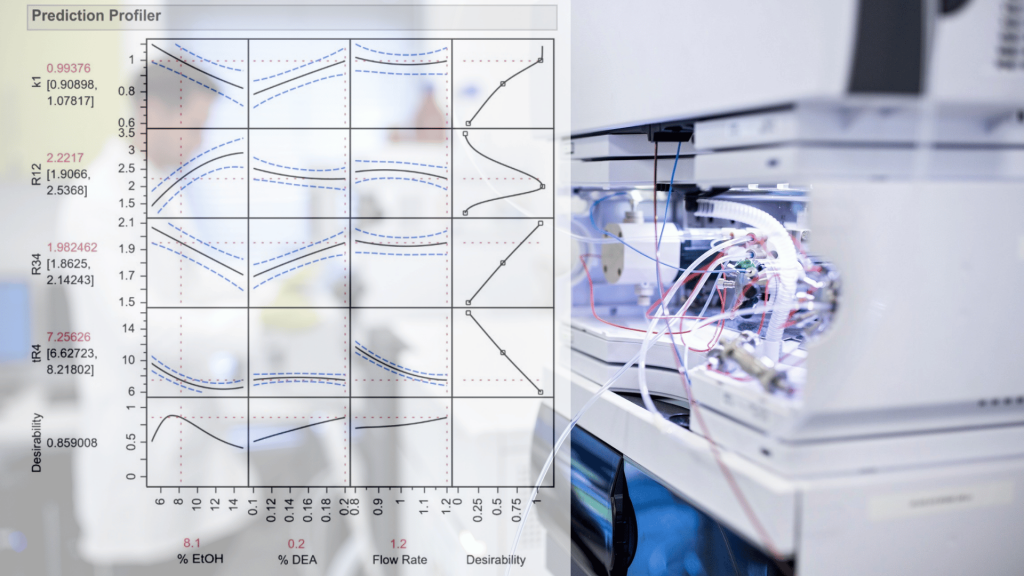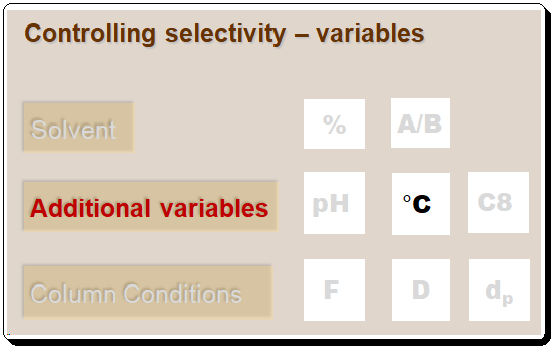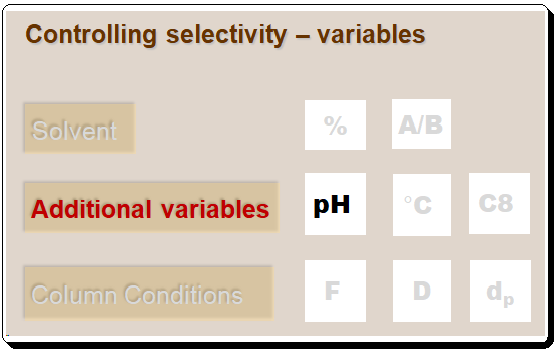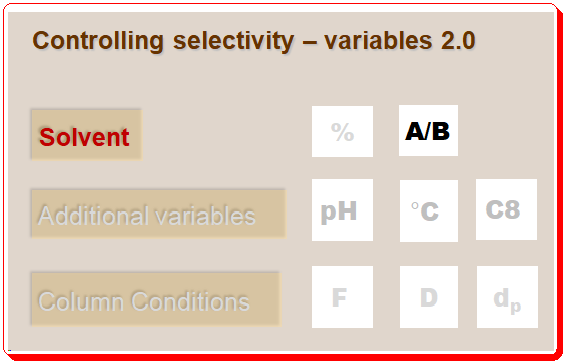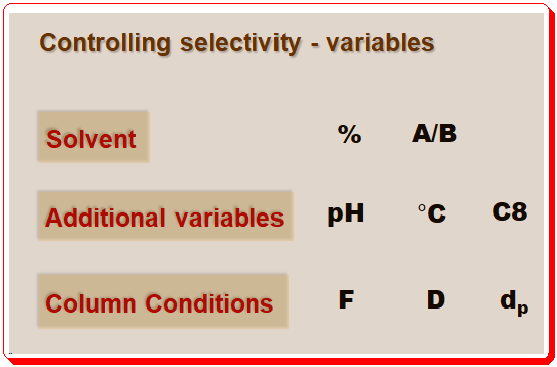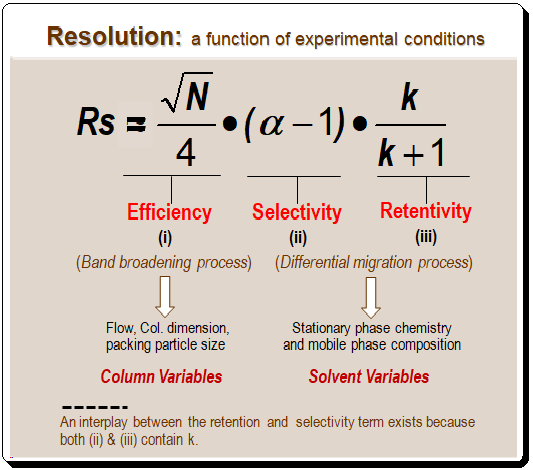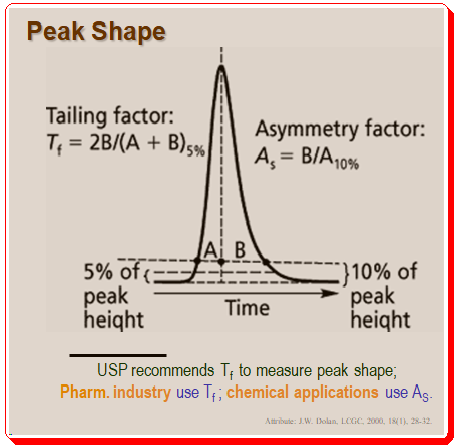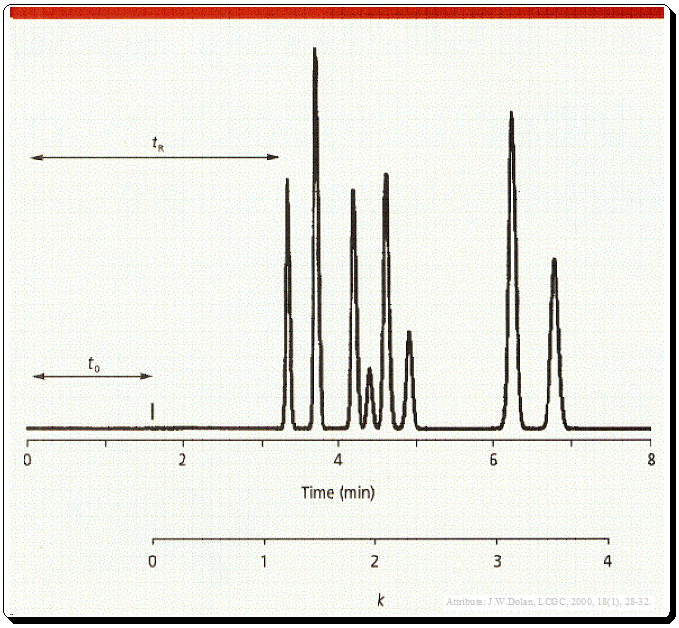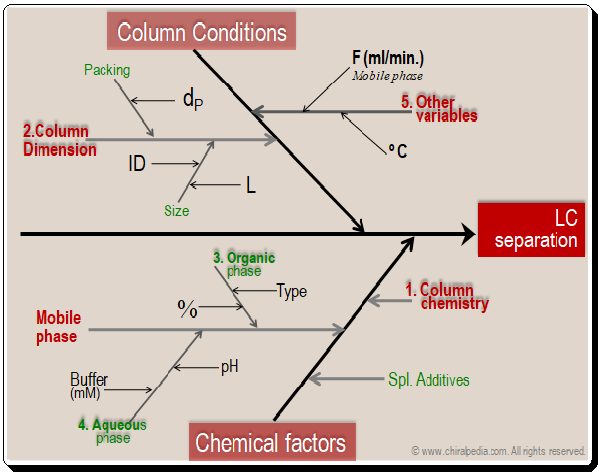Controlling selectivity-Additional factors-3.0 – Column selectivity
Lead Changes in selectivity brought about by modifying the composition of the mobile phase have been discussed up until this point. This method is typically the most practical and economical way to alter selectivity. Alternately, relying on changes in column selectivity to control the separation is a strategy that is typically reserved until all other mobile phase alternatives have been exhausted. As with alterations to the selectivity of the mobile phase, chromatographers should make substantial …
Controlling selectivity-Additional factors-3.0 – Column selectivity Read More »
